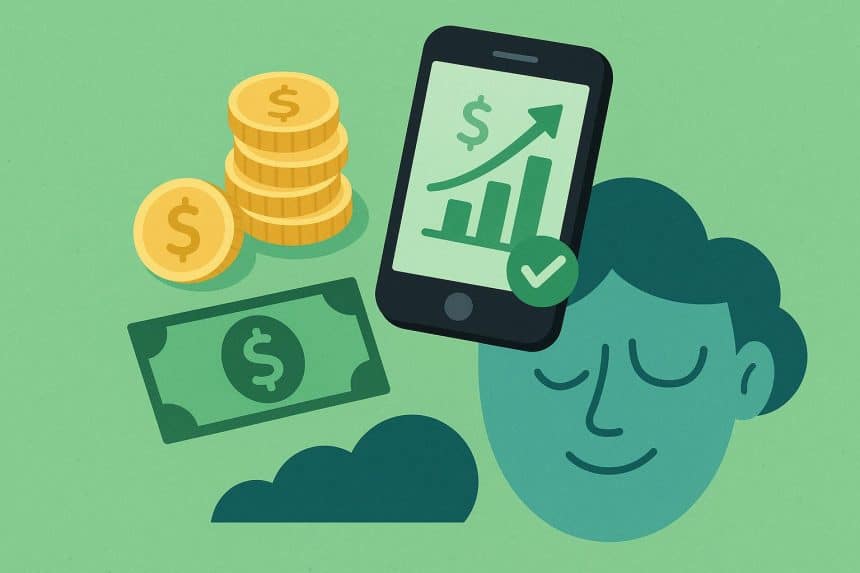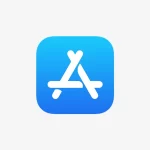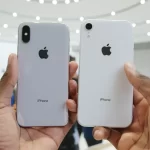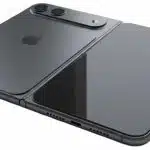Money stress is quietly everywhere: late bills, surprise subscriptions, and the nagging feeling that you’re one unexpected expense away from a crisis. Fortunately, the same pocket-sized computers that used to deliver doomscrolling now offer quick relief. App Store finance tools — budgeting apps, micro-savers, and prepaid-topup options — are turning anxiety into action by making money visible, manageable, and oddly satisfying.
If you need a simple budgeting hack, prepaid cards can be a great alternative. For example, you can buy e-money codes from digital marketplaces like Eneba – Paypal digital gift card cheaper deals, not only allow you to load your PayPal balance for less but also can limit online spending without exposing your bank card. That small barrier — loading money first — reduces impulse buys and gives immediate, stress-reducing clarity.

Why apps actually work (and don’t just nag you)
The best finance apps do three things well: they reduce cognitive load, reward tiny wins, and make future consequences concrete. That combination is what turns vague worry into calm routines.
Design that fights anxiety, not attention
- Immediate feedback: Notifications that show your daily spend or progress toward a goal turn “I might be OK” into “I am OK.”
- Micro goals: Apps that let you save $1–$5 at a time remove the intimidation of big targets.
- Visual clarity: Widgets and simple charts on your home screen eliminate the need to open complex banking portals.
Apps like Mint, YNAB, and newer AI-driven assistants give nudges rather than scoldings — and that matters. When an app suggests “transfer $5 to savings,” it’s far easier to follow than a lecture about interest rates.
Practical tools that calm the wallet
Different tools soothe different anxieties. Here’s a quick guide to the most useful categories and what they fix:
- Round-up savers (micro-saving): Automatically stash spare change from card purchases. Great for building an emergency fund without feeling the pinch.
- Envelope budgeting apps: Digitally partition money into categories (rent, food, fun). Seeing a “fun” envelope empty stops impulse spending fast.
- Prepaid/top-up systems: Load a fixed amount (via gift codes or vouchers) to limit online spending; no overdrafts, no surprise bills.
- Subscription trackers: Identify and cancel forgotten recurring charges — immediate anxiety relief.
- AI cash-flow helpers: Predict upcoming shortfalls so you can proactively move money or pause non-essentials.
Each tool reduces uncertainty in a specific way — and eliminating uncertainty is the core of anxiety relief.
Small habits, big calm
The tiniest routines compound: check your budget widget each morning, set a one-click rule like “move $3 to savings when I get coffee,” or use a top-up voucher for online stores. These habits create a buffer between impulse and action.
If you prefer tangible limits, prepaid routes are particularly effective. Buying a PayPal gift code and loading it to your account forces a spending decision upfront. It’s both a budgeting tactic and a privacy win: you separate hobby spending from essentials and avoid exposing your main card on many merchant sites.
Final thought
Beating money anxiety isn’t about dramatic austerity; it’s about predictable control. App Store finance tools give you tiny, trackable wins and the power to make decisions before panic sets in. If you prefer a prepaid approach, remember that small top-ups can do wonders — and you can purchase prepaid cards like PayPal codes online to fund your spending safely and deliberately.
For many people, the combination of budgeting apps and occasional prepaid top-ups is the real game-changer. Want to try it? Digital marketplaces like Eneba make it easy to access vouchers and gift codes so you can take control — one calm, deliberate purchase at a time.












